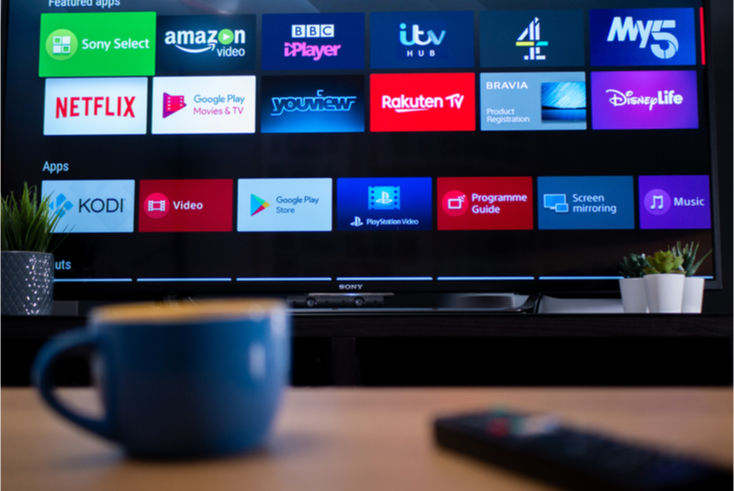Sponsored content
Magnite’s managing director for the UK & Nordics, Julie Selman, delivers four key insights every UK marketer should be aware of when framing their CTV strategy
There’s a quiet upheaval underway in how the UK is watching media. With Britons at home during the Covid-19 pandemic, they’re streaming more content and turning to Connected TV for its quality and convenience. This has accelerated a trend of increased CTV usage and the result is that CTV has now outpaced linear broadcast.
According to Magnite’s CTV: The Future Forward report, 51% of all time spent watching TV in the UK is on streaming channels. Meanwhile, more than half of UK viewers are watching more CTV content now versus a year ago. Notably, viewers are tuned into subscription (SVoD) and ad-supported (AVoD) streaming services almost equally, suggesting that advertising is not a barrier to CTV adoption.
As CTV continues to attract wider audiences in droves, there’s a unique opportunity for brands to target viewers in a highly actionable environment at scale. By understanding the growing power and influence of CTV, UK marketers stand to win greater campaign engagement, more conversions, and higher ROI from their messaging.
These actionable insights are ones every UK marketer should be aware of in order to best frame their CTV strategy.
The people have spoken: they want relevance
CTV audiences take action
Attention is a critical factor in driving impact and sales conversions. According to our report, CTV users are more active and engaged when consuming CTV content versus broadcast/linear, where passive consumption is more common. Across the board, UK broadcast TV viewers are more likely to multitask when compared with streaming viewers. Conversely, ads shown in streaming environments are more likely to keep eyes and ears focused on what they’re watching.
This high user engagement results in more attentive viewing, driving behavioural KPIs of search, recall and purchase. Looking at both brand and performance metrics, 78% of streaming viewers took an explicit, tangible action after watching an ad. Of the respondents surveyed, a majority took action in the path-to-purchase (search, buy etc.). This high percentage of consumer action signals the major potential of CTV to deliver on ROI.
Greater reach for any size brand
With consumers adopting CTV in record numbers, brands of all sizes have much to gain from tapping into CTV’s addressable audiences as well as its sheer reach.
CTV is flexible and affordable to use for boutique brands as well as blue-chip companies. Ease-of-entry into CTV makes the transition from mobile and computer screens to the larger living room screen all the easier, even for smaller ad budgets. Meanwhile, primetime is all the time in CTV, allowing smaller brands to stand out within premium, low-clutter television programming.
In 2020, nearly 60 percent of UK households reported owning a Smart TV. This indicates that CTV is not only a competitive, new alternative to linear, but is now a must if marketers want to reach a sizable part of the population.
While linear is not going anywhere (yet), advertisers can no longer run a truly comprehensive campaign without including CTV in their plans. This explains why major companies who have been buying linear TV for years are now investing in CTV to increase their overall reach and penetrate otherwise unreachable audiences.
So, for smaller brands looking to widen their reach and scale, consider diversifying budgets across streaming services. For more prominent brands looking to reach coveted audiences in a highly actionable environment, CTV is a must-add to the media mix.
CTV is here to stay
Overall, the results of our study provide a solid case for making CTV a strategic imperative. CTV has significant pull with audiences— as well as staying power.
Looking at the bigger picture, increased CTV consumption offers the industry a reason to accelerate technological advancement to align linear TV buying-and-selling mechanisms with digital and programmatic. More investment from advertisers will drive programmatic automation into CTV, encourage innovation and growth and improve television buying practices as a whole.
Meanwhile, as more consumers tune into streaming video, it stands to reason that more CTV content will become ad-supported. Here, Magnite’s platform is built to fulfil the specialised needs of UK’s video advertisers with measurable results.
As more marketers learn to harness the available addressability opportunities through streaming TV, I am confident CTV will surely emerge as a premium, brand-safe, high performance marketing channel — and the go-to place to advertise.
Julie Selman, managing director, UK & Nordics at Magnite




